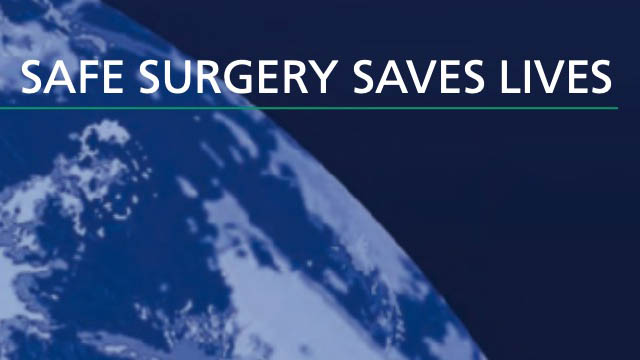Hayes et al. have demonstrated that the implementation of the WHO Safe Surgery checklist is associated with concomitant reductions in the rates of death and complications among patients at least 16 years of age who were undergoing noncardiac surgery in a diverse group of hospitals (2). The Royal Australian College of Surgeons has approved a revised Australia and New Zealand edition of the Surgical Safety Checklist (3).
Aberrant surgical procedures remain a significant problem in Australia (1). The personal accounts listed by Hugh et al. (1) give insight into some of the specific hazards of individual specialties and reveal considerable variation in procedural details, evidently a response to previous experience and to the differing needs of each specialty.
(1) Hugh, Thomas B., David A. Parker, Colin Furnival, John Kennedy, Marcus Atlas, and James Kearsley. 2009. “Getting Surgery Right Is More Complex than It Appears: A New Look Is Needed at Aberrant Procedures.” ANZ Journal of Surgery 79 (7-8): 548–53; discussion 553. https://doi.org/10.1111/j.1445-2197.2009.04988.x.
(2) Haynes, Alex B., Thomas G. Weiser, William R. Berry, Stuart R. Lipsitz, Abdel-Hadi S. Breizat, E. Patchen Dellinger, Teodoro Herbosa, et al. 2009. “A Surgical Safety Checklist to Reduce Morbidity and Mortality in a Global Population.” The New England Journal of Medicine 360 (5): 491–99. https://www.nejm.org/doi/full/10.1056/NEJMsa0810119.
(3) “Useful Guides & Standards – Surgical Safety Checklist.” Royal Australian College of Surgeons. Accessed June 29, 2020. https://www.surgeons.org/en/Resources/reports-guidelines-publications/useful-guides-standards.

